I think the login-redirect system is just broken for ADFS, it feels like it adds all the SSO-logout URLs for all systems you’re logged into to the redirect queue when it times your session out.
Which means you’ll have to log in enough times to exhaust that queue before it finally reaches the actual system you’re trying to log into.
But that’s just an assumption.







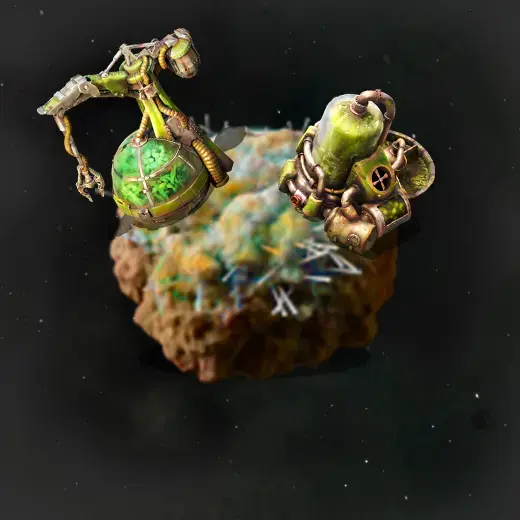

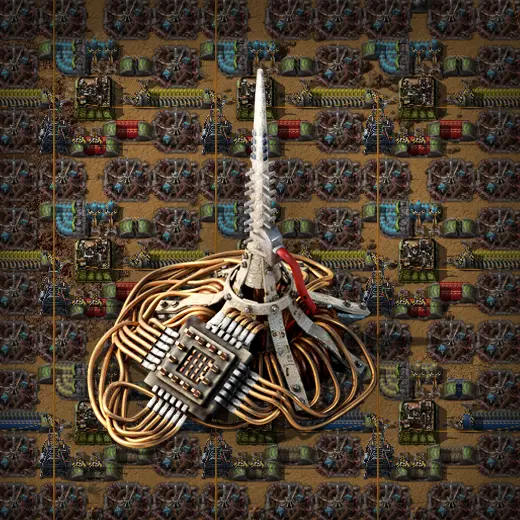
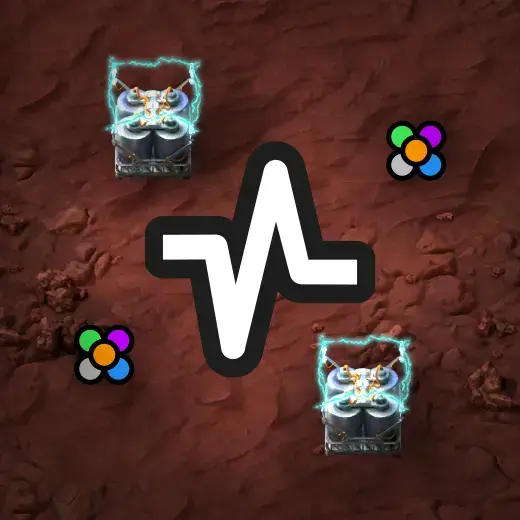
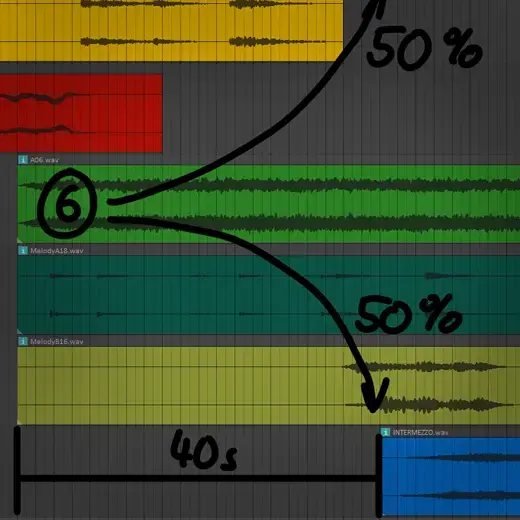



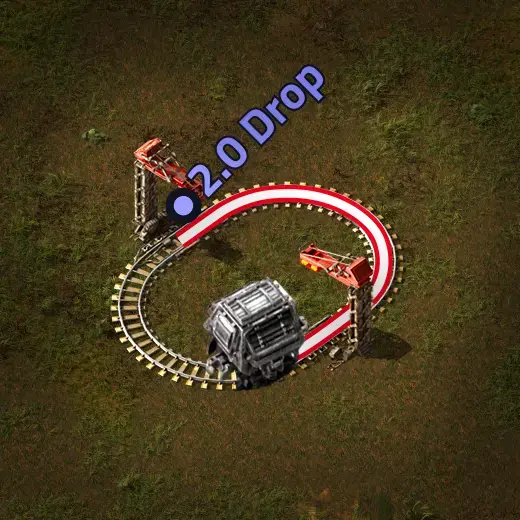
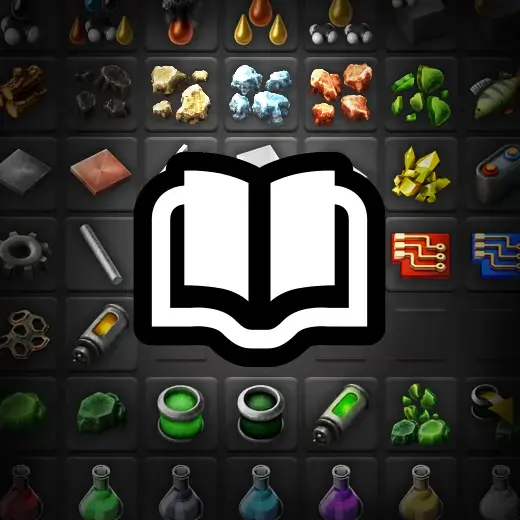
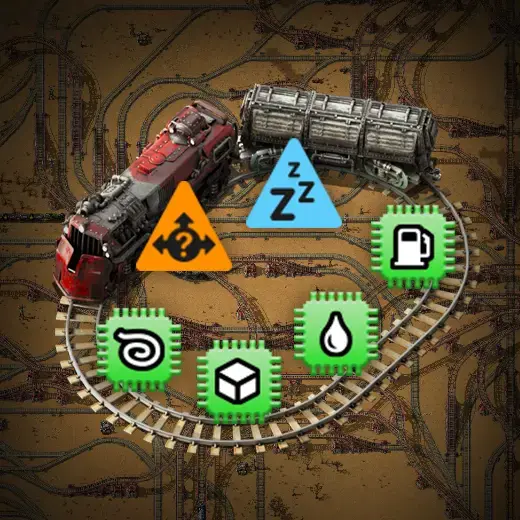
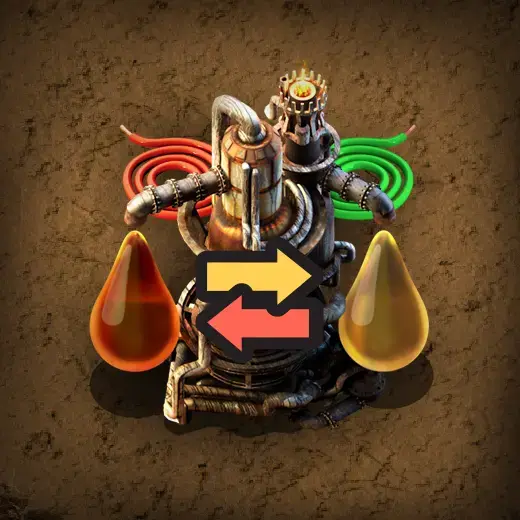



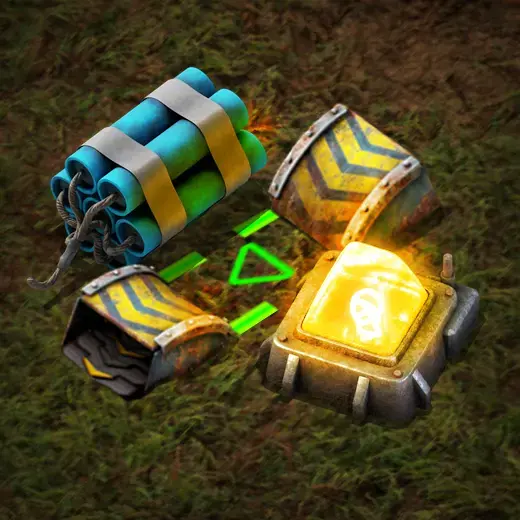
I really do hope that Funkwhale get their 2.0 release out soon, should make self-hosted Spotify-like stacks simpler to do, and the fact that it works for creation and distribution as well is great.